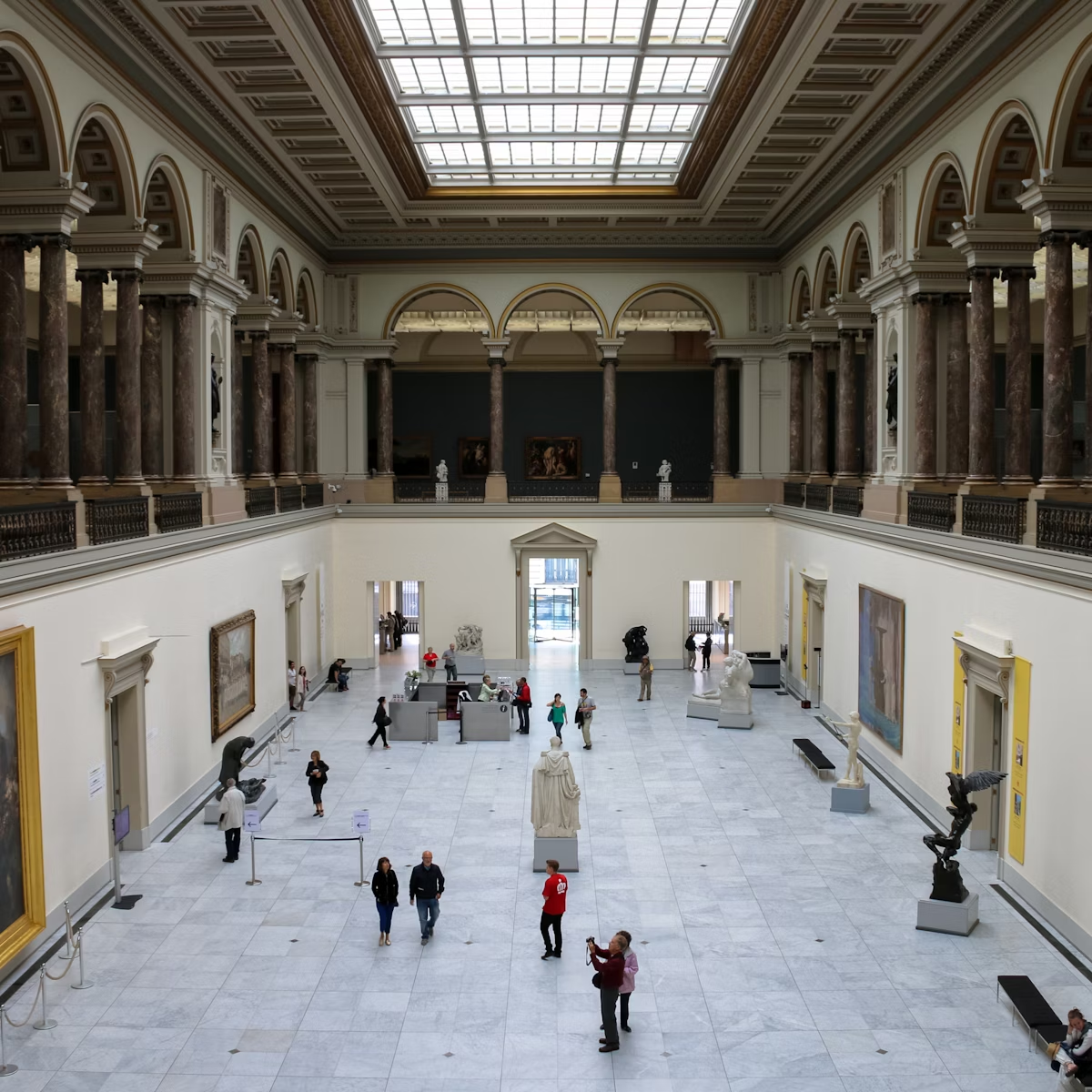
Belgium


©Westend61/Getty Images
Overview
Bruges canals, Antwerp fashion, decadent chocolate, mussels and chips, belfries and castles, crazy carnivals, Tintin and Trappist beers... how could anyone call Belgium boring?!
Attractions
Must-see attractions

The Adoration of the Mystic Lamb
Ghent
Art enthusiasts swarm the Sint-Baafskathedraal to glimpse The Adoration of the Mystic Lamb (De Aanbidding van het Lams God), a lavish representation of…

Bruges
Bruges’ most celebrated art gallery boasts an astonishingly rich collection that's strong in superb Flemish Primitive and Renaissance works, depicting the…

Bruges
In the restored chapel of a 12th-century hospital building with superb timber beamwork, this museum shows various torturous-looking medical implements,…

Antwerp
This delightfully indulgent 1611 mansion was built as a home and studio for celebrated painter Pieter Paul Rubens. It was rescued from ruins in 1937 and…

Antwerp
Belgium’s finest Gothic cathedral was 169 years in the making (1352–1521). Wherever you wander in Antwerp, its gracious, 123m-high spire has a habit of…

Brussels
This prestigious museum incorporates the Musée d’Art Ancien (ancient art); the Musée d’Art Moderne (modern art), with works by surrealist Paul Delvaux and…

Ghent
Flanders’ quintessential 12th-century stone castle comes complete with moat, turrets and arrow slits. It’s all the more remarkable considering that during…

Antwerp
The medieval building and 1622 courtyard garden alone would be worth a visit, but it's the world's oldest printing press, priceless manuscripts and…
Planning Tools
Expert guidance to help you plan your trip
Best Things to Do
Here are some unmissable ways to savor Belgium’s history, beauty and creativity. Oh, and it’s beer, chocolate and fries, too.
Read articleBest Places to Visit
From cultured city breaks in Brussels, Ghent or Bruges to relaxing trips to the beach, here are the best places to visit in Belgium.
Read articleBest Time to Visit
Plan your visit to Belgium with this month-by-month guide to festivals, hiking, outdoor dining and more.
Read articleThings to Know
Get to know some of the cultural etiquette and practical quirks of Belgium before you go.
Read articleTransportation
With trains, cycle paths and a panoramic tram running along the coast, getting around Belgium is a breeze. Here's how to do it in style.
Read articleVisa Requirements
Are you dreaming of eating hot frites in Brussels or wandering Ghent’s canals? The good news is visas are easy to obtain. Here's what you need to know.
Read articleMoney and Costs
From deals on museum entry to delicious street food snacks, here's how to make your euros stretch a bit further in Belgium.
Read articleBest Road Trips
Explore Belgium's culture and history with these top road-tripping routes.
Read articleArticles
Latest stories from Belgium
Filter by interest:





 Destination PracticalitiesEverything you need to know about getting around Belgium
Destination PracticalitiesEverything you need to know about getting around BelgiumJun 12, 2024 • 6 min read

 Architecture10 things you need to do in Belgium: chocolate, comics, castles and more
Architecture10 things you need to do in Belgium: chocolate, comics, castles and moreMay 24, 2024 • 7 min read

 National ParksBelgium’s best national parks and nature reserves: a short guide to its wild side
National ParksBelgium’s best national parks and nature reserves: a short guide to its wild sideJun 4, 2022 • 6 min read
Build a memorable collection
Get to the heart of Belgium with one of our in-depth, award-winning guidebooks, covering maps, itineraries, and expert guidance.
in partnership with getyourguide









